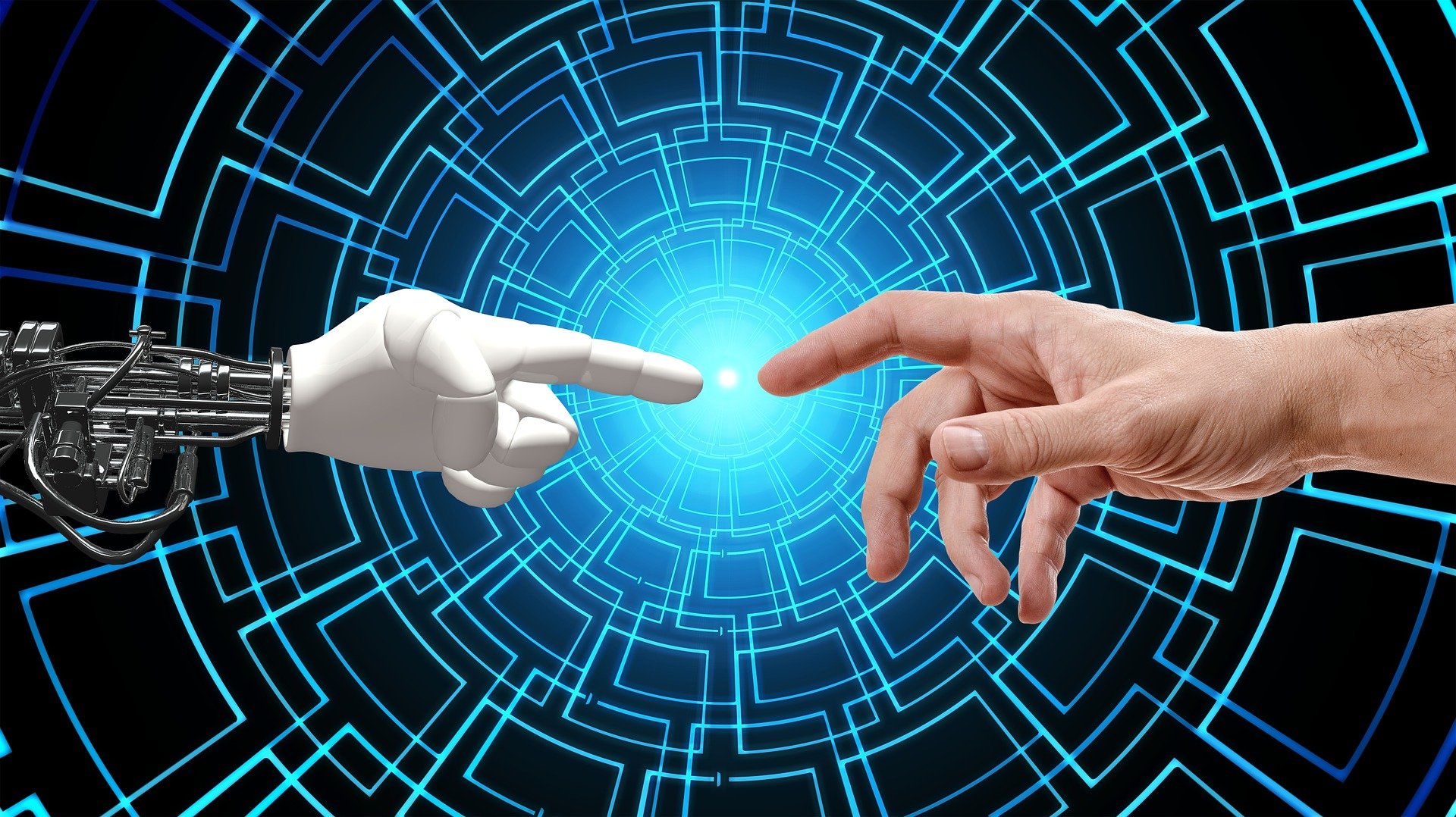What is Knowledge Representation:-
Humans are very good at understanding and reasoning. Humans know which knowledge is suitable for their knowledge. But how will the machine do all these things under knowledge representation and reasoning?
Generally, in knowledge representation algorithms, people tend to think that with the aid of some complex thinking, it is just related to making decisions. But is much more than this, knowledge representation in AI helps AI agents in solving complicated issues in the real world in very little time.
This is how we can explain Knowledge representation in the following ways –
- Knowledge representation and reasoning are a significant part of Artificial Intelligence.
- There is a huge responsibility for artificial intelligence to present information about the real world so that computers can understand knowledge and solve real-world problems.
- Knowledge Representation is not data that we store and keep in the database.
Types of Knowledge Representation-:

Although we can encounter a few primary types of knowledge representation block, including declarative and structural, in a broad way, below are the types of knowledge representative:
- Declarative Knowledge-: Declarative Knowledge means knowing about something. Declarative knowledge has concept facts and objects, and it is easier compared to procedural language.
- Procedural Knowledge-: We can call procedural Knowledge as imperative Knowledge. Procedural Knowledge is the knowledge that is responsible for understanding how to do something. We can apply procedural knowledge directly to any task.
- Meta-Knowledge-: Meta Knowledge means knowledge of other types of knowledge!
- Heuristic Knowledge-: Heuristic Knowledge represents knowledge in the field and subject of some expert.
- Structural Knowledge-: Structural Knowledge means basic knowledge to problem-solving. Structural Knowledge describes variant knowledge concepts such as part of grouping on something. It describes the relationship between concepts or objects.
These were all important types of knowledge representation in AI. Let us now see more about the Cycle of Knowledge representation and how it works.
What is the Cycle of Knowledge Representation in AI?

Mostly many types of Artificial Intelligent systems show various components to their intelligent behavior.
- Sensing
- Eruditeness
- Provision
- Implementation
- Knowledge Representation and Reasoning
- Sensing Component withdraws its data and information from the environment with the help of components you can also retrieve data from the environment and have to find out the source, is there any damage to AI.
- Now there is an Eruditeness component that captures data from the sensing component. The system needs Knowledge skill, illation, the skill of heuristic, etc.
- Provision and Implementation components dependent on Knowledge Representation and Reasoning. Provision is the initial stage finding their stipulation and conclusion. And sequences that can further achieve goals. Implementation is the last stage if the provision is completed.
- Knowledge Representation and reasoning is an essential component for the cycle which shows human-like intelligence. In machines, Knowledge Representation means understanding intelligence. It also means building and understanding intelligent behaviour from top to bottom.
So, these are the vital components of the Cycle of Knowledge Representation in AI.
Why is Artificial intelligence so important?
AI is so crucial because, with the arrival of AI, human beings got a lot of help. Because now machines think and understand like a human brain and make people work easier. A human cannot work 24*7 but a machine can. There is a lot of Capability inside the machine.
Features of AI are-:
- Automatic
- Speed
- Accuracy
- Diligence
- Power of remembering
- Versatile
Use of Knowledge Representation in AI Systems

The method which is followed by AI, explains the role of knowledge representation in its system.
- Perception block: It can be represented as a set of senses of machines. It allows the system to interact with the environment which can be in various types such as video, data, temperature, etc.
- Learning blocks: In this phase, AI agents enable machines to start working on their own. Here the typical learning algorithms get coded in learning blocks and get connected directly with the perception block.
- Reasoning block: As the most critical block in the entire system, reasoning blocks ensure that all the data are adequately filtered, and the available information is accurate and important simultaneously.
- Planning and execution: It helps to give a correct and functional road map and along with the action, specify the results to be expected.
Conclusion
The knowledge representation approach is much more suitable when artificial intelligent performance singularly depends on explicitly represented knowledge. Though if the system fails to contemplate what it has defined explicitly in the most effective way, alone knowledge representation is not able to solve anything, by combining with AI it helps to explore much more comprehended solutions.



